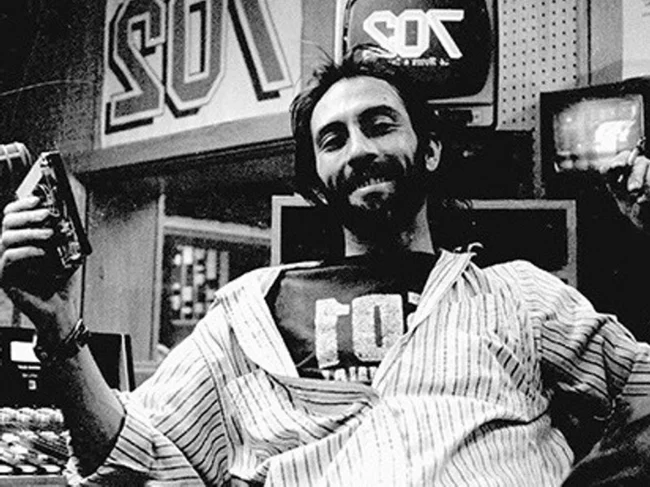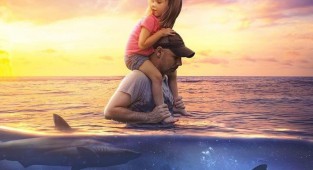How one lucky shot ruined a reporter's life. The sad story of Kevin Carter (5 photos)
Young South African photojournalist Kevin Carter dreamed of fame and tried to be in the thick of things. He could not even imagine that just one reportage photograph would turn out to be both a bright takeoff and a terrible fall into the abyss for him. The shot was called "The Girl and the Vulture." He made it in Sudan in 1993. 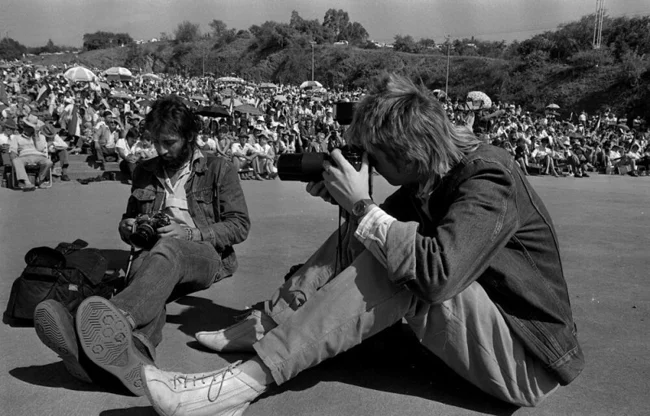
Kevin Carter, journalist from South Africa (left)
On March 25, the wings of a small plane brought him with a group of journalists and humanitarian aid from different countries to a country engulfed in the chaos of a civil war. Famine, suffering and death reigned in this forgotten corner of Africa. His task was the brutal truth that needed to be told to the world and the general public.
Kevin shuddered in horror at the terrible picture that appeared before his eyes. Exhausted by hunger and disease, people lay exhausted right on the ground next to the runway, waiting for at least some food. And he, gritting his teeth, filmed and filmed everything he saw in front of him, living and dead, children and adults... He wanted to show the world the scale of the disaster and the horrific conditions in which the population was found. But what he saw next turned his life upside down. 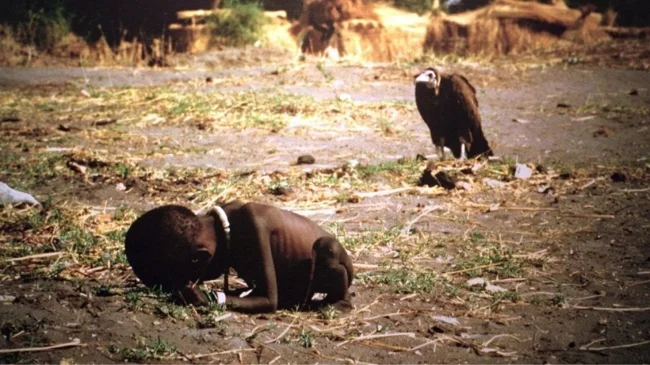
The same photo that made a big splash around the world
To get some relief from the nightmare of what was happening, Carter decided to go out into the field outside the village, but even there he discovered an even darker picture. A small child, exhausted, tried to crawl towards the UN food warehouse. Kevin thought it was a girl. Every movement was given to her with difficulty and, apparently, pain. This was eloquently communicated by the crooked posture and frequent stops.
A vulture sitting nearby looked impatiently at this struggle for survival. He was looking forward to easy prey, waiting for consciousness to leave this exhausted body. 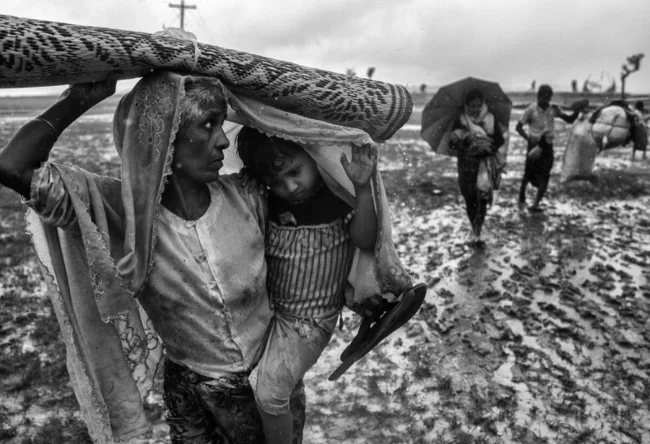

Carter realized that this was the moment that simply needed to be captured so that everyone could see the merciless reality of hunger and hopelessness. He took a few shots, watching to see if the vulture would unfurl its wings. It would look more dramatic and ominous. Then he drove the predator away and returned to the plane.
The next day, the photograph “The Girl and the Vulture” was published on the front page of The New York Times, and then in newspapers and magazines throughout all cities and villages. Under posters with this photo, the society collected things, money and food to send to the starving. Popularity fell on Carter’s head overnight, and with it fabulous fees and invitations to the most prestigious publishing houses. Carter won the Pulitzer Prize for this photograph, but his joy and success did not last long.
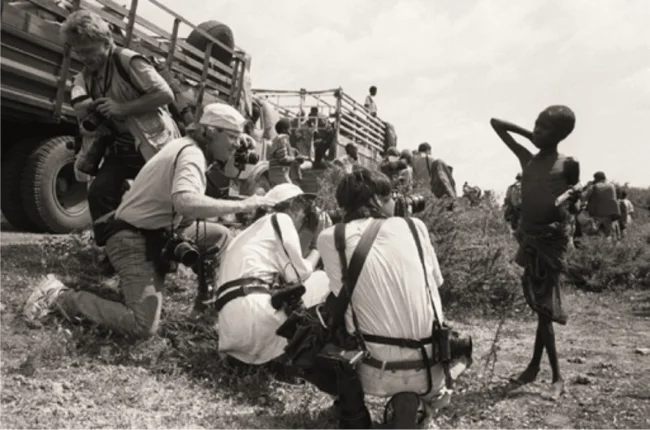
The publication caused many conflicting reactions. On the one hand, he was recognized for his ability to capture such a powerful moment, but on the other, he faced accusations from readers of indifference and inaction towards the child.
The barrage of criticism and indignant letters to all authorities grew. Publishers, one after another, refused to cooperate with him. Colleagues and even friends turned their backs on him. They believed that he decided to gain fame by exploiting the tragedy of Sudan. Kevin was left without a favorite activity, without a livelihood, and in a state of severe depression. Alcohol and illegal substances invaded his life.
Until the end of his days, Carter could not forget the girl about whom he took his most famous photograph. And when his only friend Ken, who supported him, died, Kevin could not stand it. Leaving a suicide note, he committed suicide by carbon monoxide poisoning. This happened just a year after the photo was taken, on July 27, 1994.
The debate about whether the journalist should have saved the child continues to this day. João Silva, a photojournalist who took the photo at the same time as Kevin, said that they were all strictly warned about the dangers of direct contact with local residents. They didn't even recommend shaking hands. The likelihood of contracting one of the deadly infections was too great. However, even this statement did not stop the harassment of the reporter.
A few years later it turned out that the child in the sensational photo turned out to be a boy. Bloggers drew attention to the plastic bracelet attached to his wrist. Deciphering the code on its surface revealed that the UN mission was already taking care of him, and perhaps his parents were also nearby. The baby survived. His name was Kong Nyong. But he did not live long and died of fever in 2008.
In memory of the journalist, British musicians from the group Manic Street Preachers composed a composition dedicated to his work, and it was called “Kevin Carter”.
And in 2010, the tragic story of the famous photograph became of interest to cinema. In the feature film "The Bang-bang Club", one of the storylines tells about the life path and last days of Kevin Carter.
